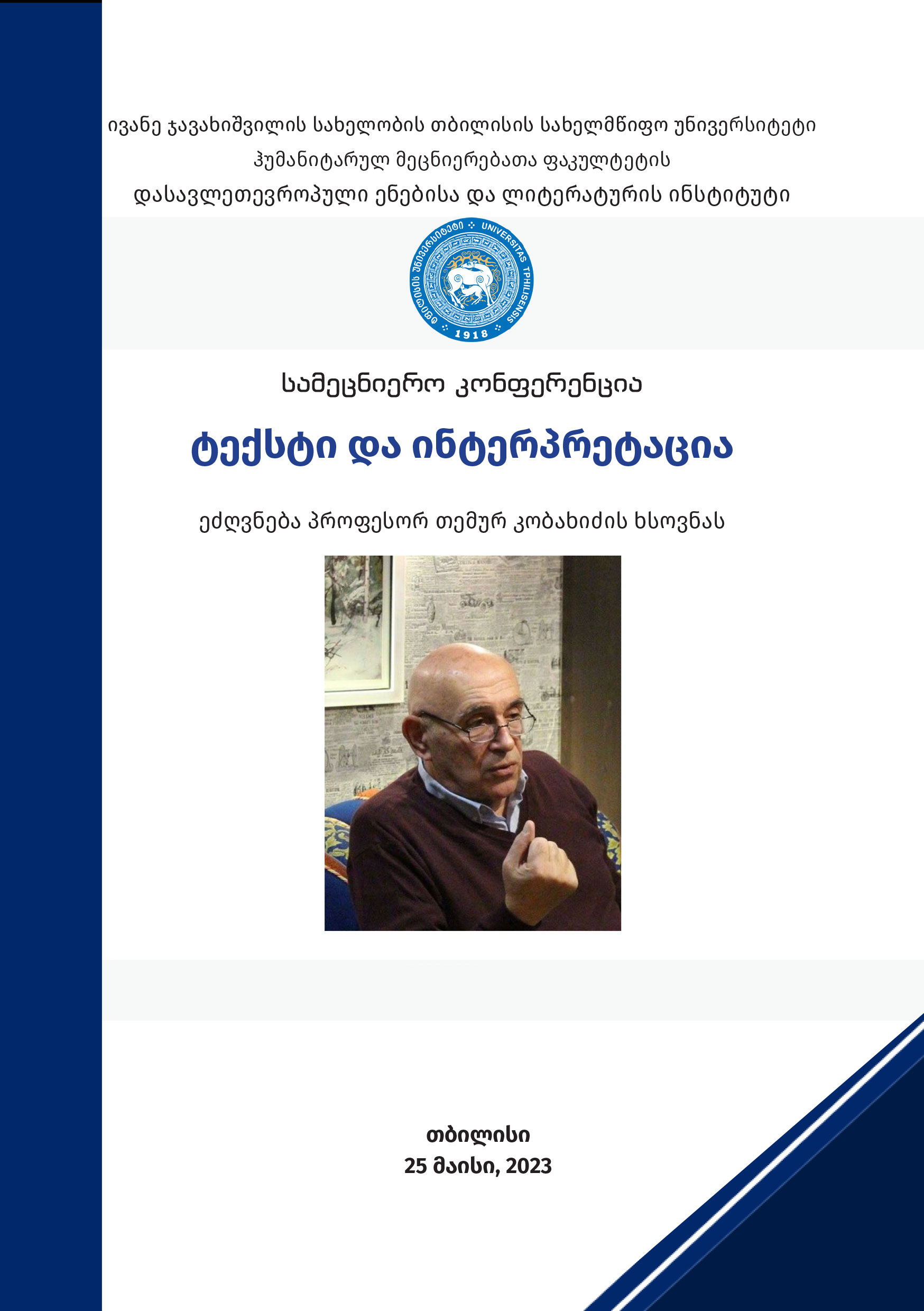Dualistic Origins of Baroque Aesthetics in John Donne’s Poetry
DOI:
https://doi.org/10.55804/jtsu-2960-9461-2023-10Keywords:
Donne, baroque, conceit, metaphysical, dualisticAbstract
From the 17th century to the present day, literary critics have studied John Donne's works from different perspectives. The depth of his poetry and the variety of themes allow us to adapt Donne’s works to different eras and perspectives. Thus, it is not surprising that literary theorists consider his poetry from the perspective of Renaissance, Baroque, Modernism, or even Postmodernism.
The unique imagery and individuality of Donne's verse, which was a great innovation for the modern era, also provides an opportunity to study metaphysical poetry in connection with visual art. As a representative of the period, Donne himself was a participant of the grand changes that would eventually define the Baroque era; Therefore, it is logical that the common cultural-aesthetic trends that were introduced in different fields of art were also highlighted in his works.
One cannot study Donne's poetry without taking into account the perspective of baroque aesthetics, just as the study of baroque visual art would be incomplete without considering metaphysical poetry, since the connection between words and art is undoubtedly great. It is interesting to us in what form the poetics of the Baroque, as an artistic subject, presents itself to metaphysical poets.
One of the major areas of interest in both John Donne's lyricism and aesthetics of baroque visual art is the dualistic nature of soul and body. The forms of expression used to describe the opposing beginnings are essentially the same for both areas of art, be it poetry, painting or sculpture. Such forms of expression in the metaphysical poem are considered to be excessive imagery, forced connection of dissimilar things - wit, complex extended metaphor - conceit, paradox, etc. The main forms of expression in visual art are: dynamism, exaggeration, pomposity, dramatic feelings, combining incompatible contrasts, silence, naturalism, constant movement or chaos. Thus, it is logical to see the similarity between the works of visual art of the Baroque era and metaphysical poetry. The parallels are striking. From the pre-baroque period - Mannerism to the end of the era, painters, sculptors and writers representing civilized Europe created works of common values independently of each other. A striking example of this view is the work of Parmigianino, El Greco, Artemisa Gentilecchi, Caravaggio, and Bernini, which are in complete harmony with a metaphysical poem from the thematic and symbolic point of view. Both fields of art are interested in issues such as the connection between the physical and "metaphysical" worlds, the transitory nature of time, the dualism of soul and body, the confrontation of religious and secular ideologies on the one hand, and the presentation of their common nature on the other hand, the trivialization of elevated religious emotions, etc.
The present thesis discusses the dualistic origins of baroque aesthetics in John Donne’s works. Based on the analysis of several poems of the author and their comparison with the works of visual art of the Baroque era, the parallels between the two fields of art are presented. The importance of the ambiguous context of religious themes and imagery in Donne's poetry and Baroque visual art works is highlighted. Emphasis is placed on the not contradictory, but conceptually common nature of the mundane and the divine, the carnal and the religious, the physical and the "metaphysical".

